The installation method of IPM Series Radial Piston Hydraulic Motor is one of the key factors that determine its normal operation in the hydraulic system. Depending on the specific application scenario and device design, there are several common installation methods to choose from.
Flange installation is one of the most common methods. In flange mounting, the hydraulic motor is connected to other equipment such as a hydraulic pump or transmission via a flange. The flange is usually located at the end of the motor and is connected to the flange of other equipment through bolts. This installation method is simple and reliable and suitable for most application scenarios.
Another common method is flange plate installation. In this method, the flange of the hydraulic motor rests flat on the support surface rather than being directly connected to the flange of other equipment. This installation method is usually used in situations where the motor needs to be fixed to the bracket or base, and it can also simplify the installation steps.
In some cases, the output shaft of the hydraulic motor can be connected directly to the shaft of the driven mechanical component, allowing the motor to be installed. This installation method is suitable for situations where space is limited or the transmission system needs to be simplified.
Hanging installation is a common installation method used for large equipment or situations that require frequent maintenance. In this method, the hydraulic motor is suspended from the structure of the mechanical equipment to facilitate maintenance and cleaning.

 ENG
ENG
 English
English русский
русский Español
Español
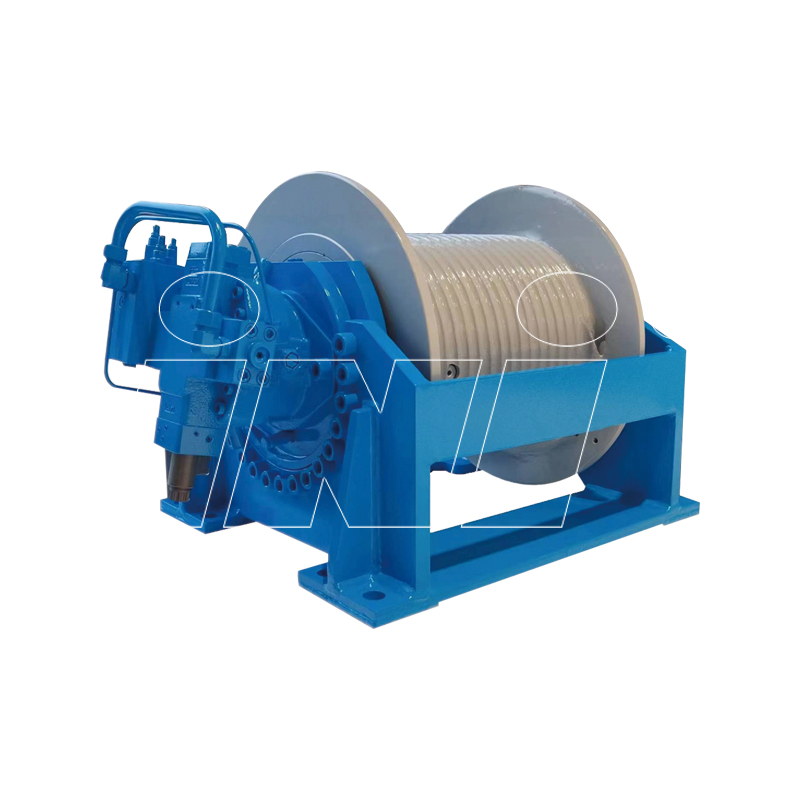
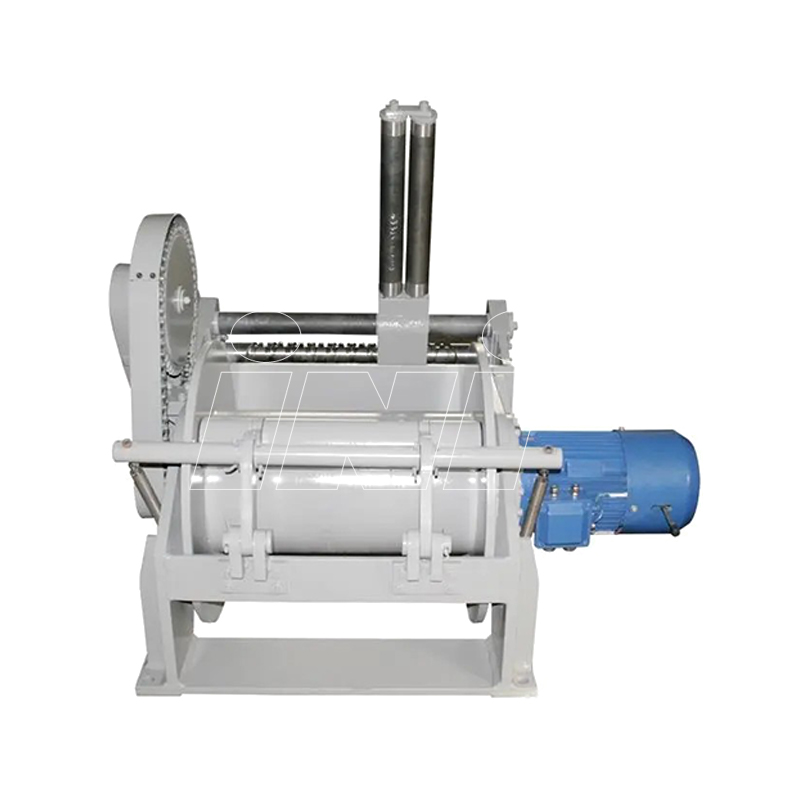
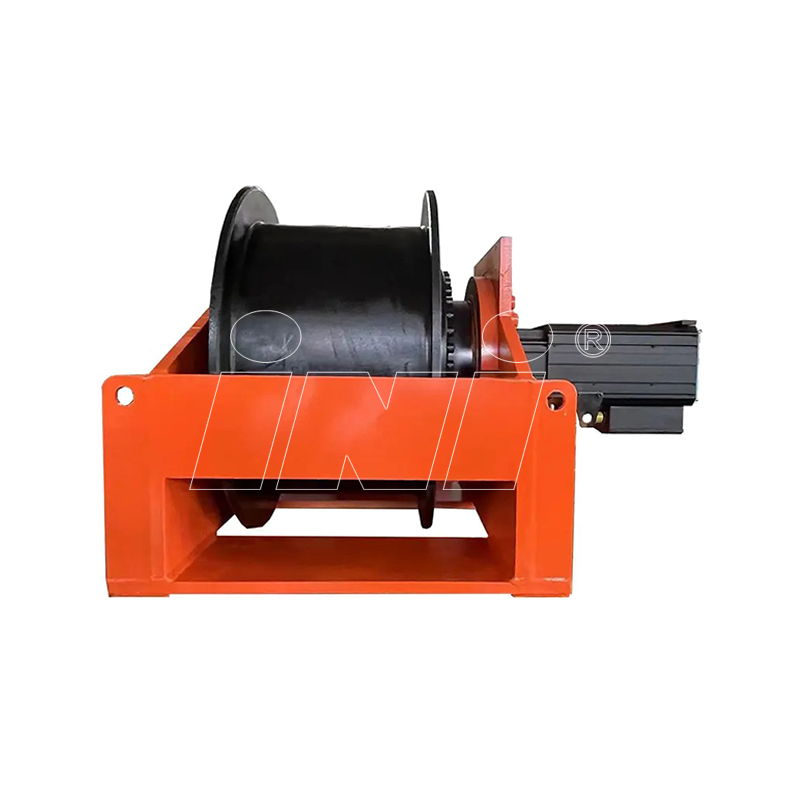

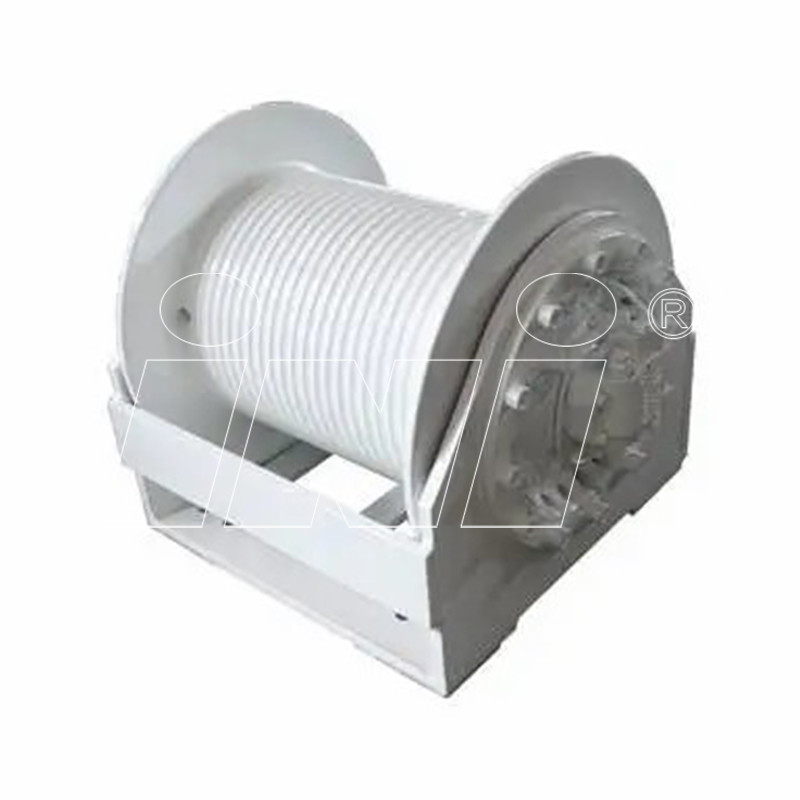
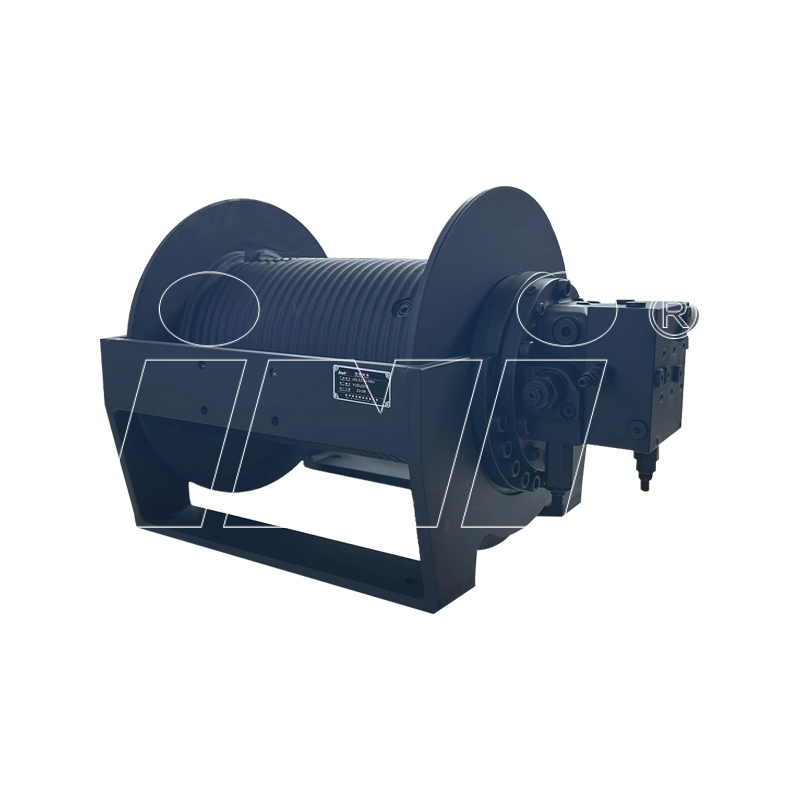
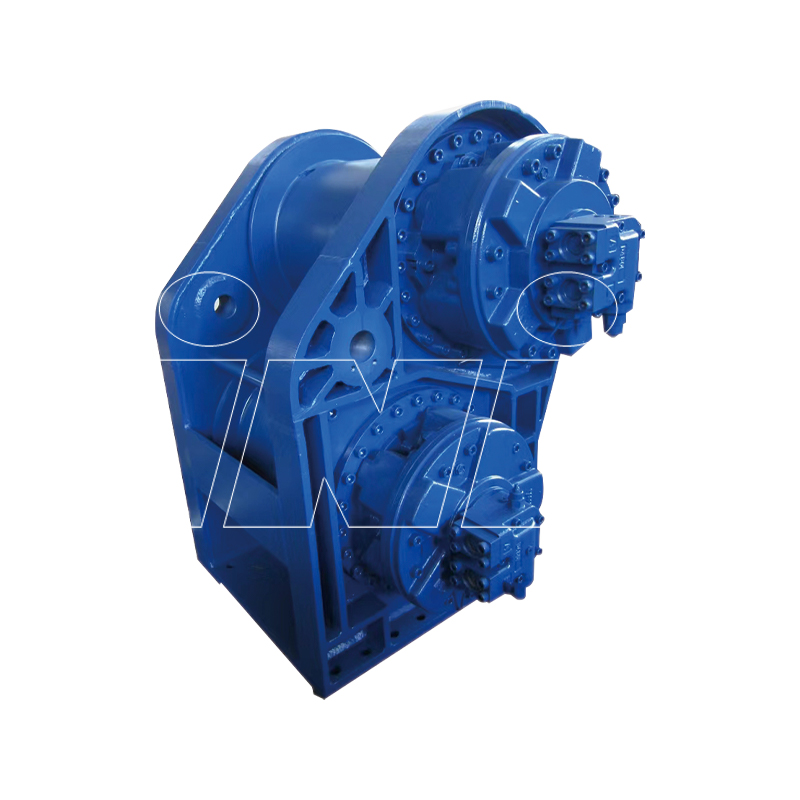

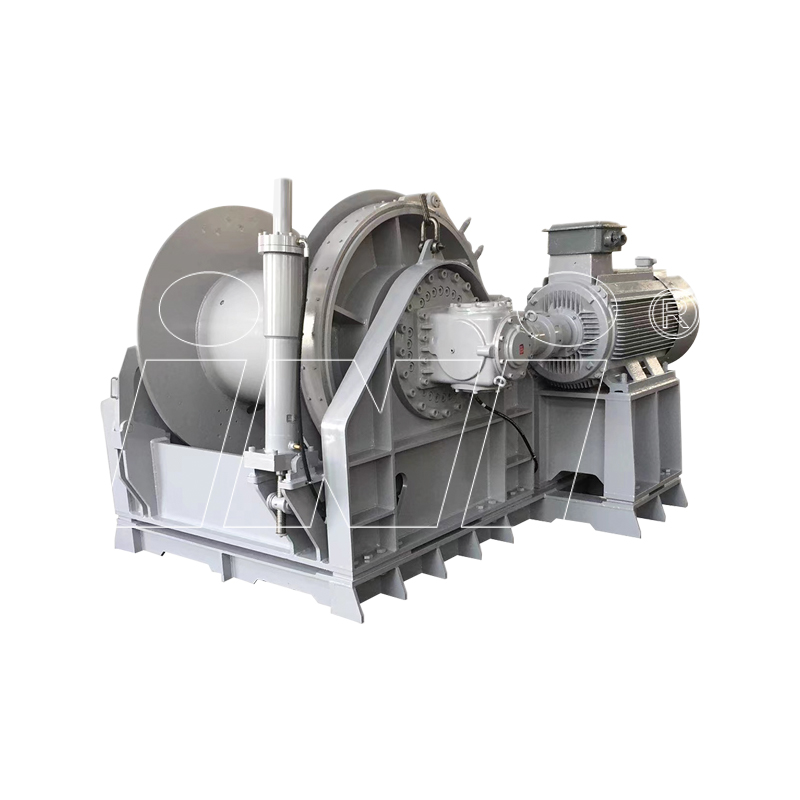





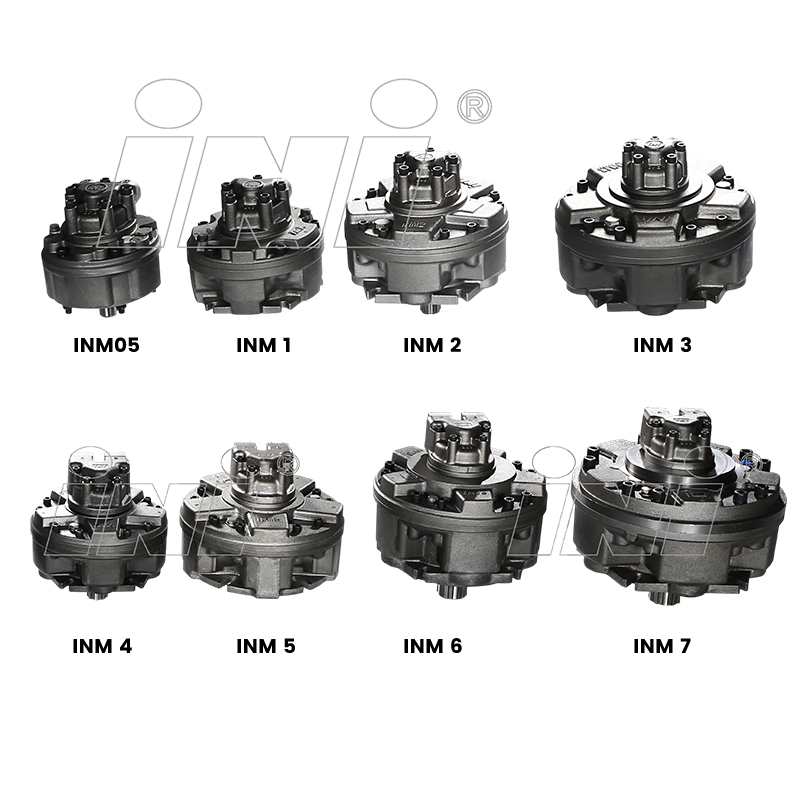

 English
English русский
русский Español
Español
 TOP
TOP